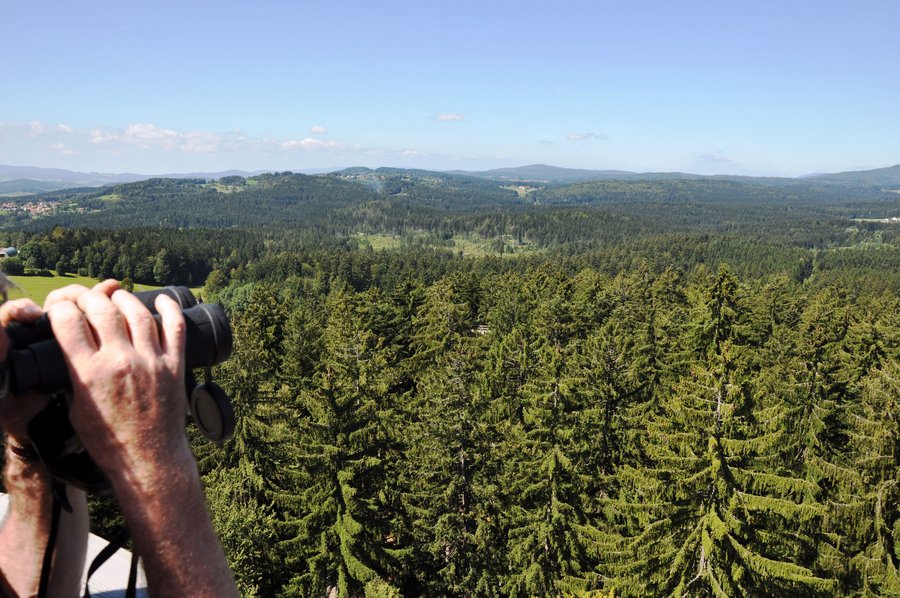As a result of the major storm disasters of the early 1990s that laid waste to large areas of spruce forests, we began to transform non-site-appropriate pure spruce stands to more stable and natural mixed stands or deciduous forests with targeted funding from the Federal government and Länder. As a result, the spruce has distinctly been reduced in area in Germany, but also in timber stock. This trend may continue in varying degrees from region to region due to climate change since among the main tree species in Germany, the spruce is particularly vulnerable.
The consequences are a challenge: the spruce is still the main basis for added value in the forestry and timber industry. Making up only 25% of the forest area and 33% of the stock, in the last decade it contributed an above-average 52% to the forest resources. Should the spruce decline further, an important pillar for the added value of the forestry and timber industry and the downstream sectors is at risk of breaking away. The technological attributes of our deciduous tree species are not comparable to those of the spruce and mass-market products in the construction sector have so far been hardly competitive or available.
The risk to the existence of the spruce raises the question of alternative species. The grand fir or Douglas fir, which have done well in the native forests as imported tree species in some places for more than 100 years, have comparable technical attributes to the spruce. It is expected that they can better tolerate climate changes. In a suitable mixture with native tree species they can contribute to sustainably safeguarding the future of our forests.

